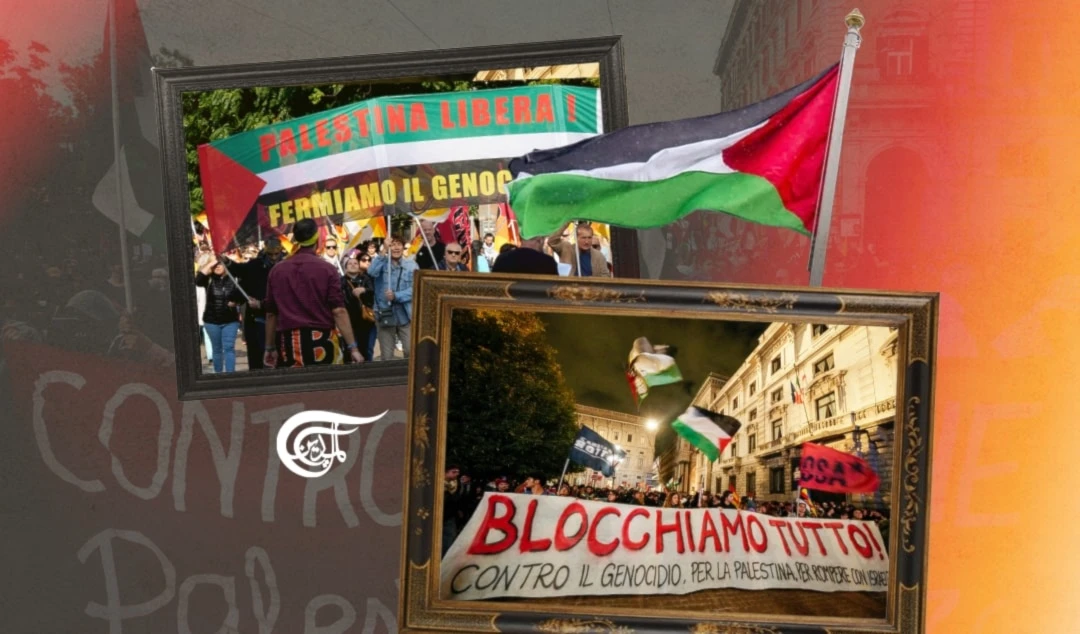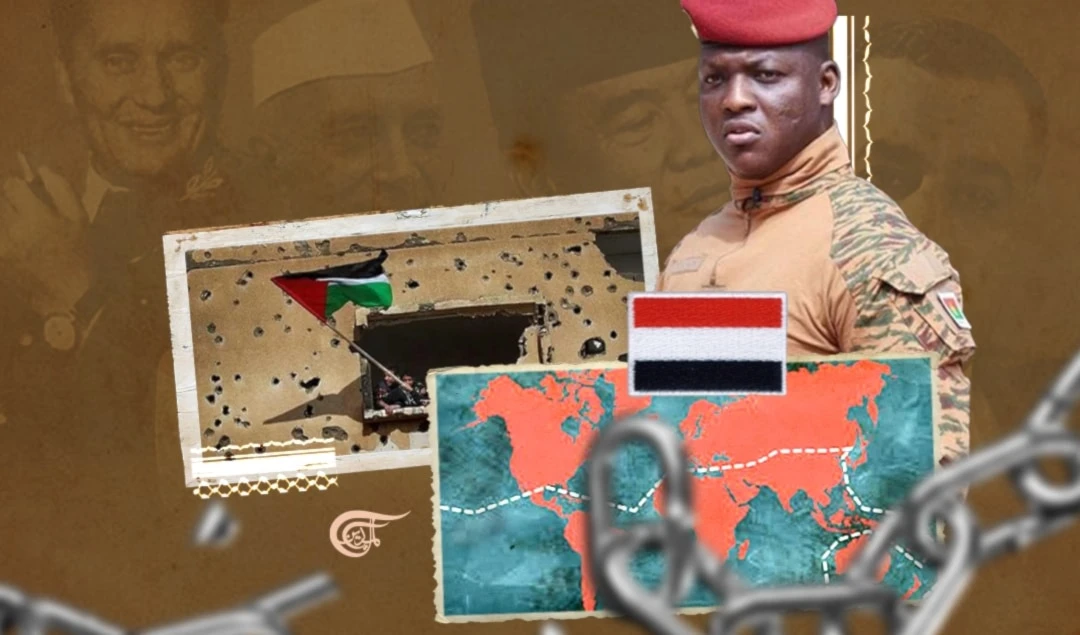The Dungeon as the Front Line
Around the world, prisons are an important site of struggle against imperialism, fascism, and the capitalist world-system.
-

The Dungeon as the Front Line
“I am on the precipice of another trembling world. May God have mercy on my soul”
The martyr Bobby Sands
Prisons have been and continue to be at the forefront of struggle across the world, from the infamous H-Block of Long Kesh in Ireland to Gilboa maximum security prison inside the Zionist colony to the various supermax prisons in the United States. Inside these prisons reside Fanon’s wretched of the earth, who have spent their lives downtrodden by the imperialist and colonial directives and laws. September 6th marked the second anniversary of the heroic escape from Gilboa prison by six of our Palestinian heroes: Monadel Yacoub Nafe’at, Ayham Nayef Kamamji, Yaqoub Mahmoud Qadri, Mohammed Qassem Ardah, Mahmoud Abdullah Ardah, and Zakaria Zubeidi. While all 6 were recaptured and returned to various dungeons across the settler colony, we also remember those who remained steadfast in their resistance inside the prisons, such as Khader Adnan, who was martyred earlier this year after being on hunger strike for 87 days.
We also remember Bobby Sands, Francis Hughes, Joe McDonnell, and the others who died on hunger strike at Long Kesh. In Germany, the last bastion of resistance against the ‘rehabilitated’ Nazi government of West Germany took form in the Red Army Faction. In Stammheim prison, Ulrike Meinhof, Andreas Baader, and other RAF members were used as ‘guinea pigs’ for various anti-terror tactics1 still used in prisons today (namely, sensory deprivation and prolonged solitary confinement).
Here in the United States, George Jackson is a name that brings forth powerful feelings of resistance against the status quo. Jackson was murdered by prison guards in San Quentin prison in California. Jackson is surely not alone, with Mumia Abu Jamal, Fred Hampton Jr, Steven Donzinger, and Leonard Peltier having faced sentences of various lengths in the US for their activism.
In this article, I hope to highlight that across the world, prisons are an important site of struggle against imperialism, fascism, and the capitalist world-system. Using examples of prison resistance from history, quotes from imprisoned activists, and contemporary resistance in prisons I will make this claim clear.
In a recent article by Sammy Ismail for Al Mayadeen English, the author argues that the David vs. Goliath trope is ever-present in discussions of the Palestinian resistance and the Zionist colony. While asymmetric warfare has been part and parcel of revolutionary movements, I would add that the David and Goliath trope can undermine popular morale if the focus remains on the ‘Goliath’ in each situation. In the case of Palestine, one of the Gilboa Six, the hero Mahmoud Al-Aridah has recently written a letter to Al Mayadeen in which he says that a new intifada is brewing inside of Palestine:
The Israeli enemy believes that the Palestinian status quo, coupled with the absence of an Arab and Islamic role, allows it to achieve its goals, primarily through killing, demolishing, land confiscation, and violations against the captive movement through constant pressure…I tell the Palestinian youth: Wake up... stop the infighting. Reclaim your identity and memory. Turn to the churches and mosques. Break the barrier of fear of religiosity. [2]
Al-Aridah, as a prisoner, has his finger on the pulse of the movement for freedom, because the Zionist Goliath has spent time and energy locking up and killing the leaders of the resistance factions. Over the course of the Zionist colonial expansion, the use of prisons has been a key strategy for the enemy. First, with British colonial prisons early revolutionaries like Izzadin Al Qassam, Abu Jildeh, and Al Armeet were targeted. Then, once power was transferred to the Zionists, prison camps like Ansar I, II, and III were built in order to detain revolutionaries and attempt to break the will of the Palestinian people. Many leaders of the contemporary Palestinian resistance have spent time behind bars at these infamous prisons, such as Abdelaziz Al Rantisi and Fathi Al Shiqaqi, founding members of Hamas and PIJ respectively. The current leader of PIJ–Ziad Al Nakhala–was released in the famous prisoner exchange facilitated by the Jibril Agreement.
While he is currently the leader of PIJ, Al Nakhalah was arrested in 1971 for his membership and activities with the Arab Liberation Front (ALF). These colonial prisons do not spare any tactics in trying to break revolutionary spirit; blackmail, extortion, and physical abuse against prisoners are routine in the Zionist colony. In Ansar III, a desert labor camp, prisoners were not permitted to shower for a long time, nor were they permitted to change their clothes or underwear.
The same tactics are present in US prisons, and conditions in these prisons have been internationally decried. Millions of Americans–an outsized number of them Black–are stuffed into crowded prisons with poison slop which passes for food, violent guards, and a racist system which keeps them down. George Jackson was a Black revolutionary in the US prison system. He argued that the first interaction with rebellion among black Americans is a criminal interaction with the police. Jackson sought to turn this criminality into a revolutionary vanguard ideology within the prisons. Of his own revolutionary journey, Jackson said that in prison, “I met Marx, Lenin, Trotsky, Engels, and Mao…and they redeemed me”[3]. A similar story, taking place 15-20 years earlier, is that of Malcolm X who was redeemed by the noble Quran in prison, and emerged a revolutionary who aimed to destroy the rotten core of Yankee imperialism. Whether it is Jackson’s Blood in my Eye, Malcolm X’s ‘the ballot or the bullet’ speech, or the strategies and tactics developed by Palestinian and Irish revolutionaries in prisons, armed struggle against oppressors is the solution at which they arrived. In the words of George Habash, no stranger to colonial prisons, “the strategy of…action on the coming stage revolves around a central axis: the adoption of a policy of armed struggle and the escalation of that struggle against the…enemy”.
In this brief analysis, we have seen that prisons across the world have been sites of struggle against the ruling class. Far from the halls of criminology departments and stenographers of the status quo who harp on criminality and Clintonite ‘super-predators’, we see that many leaders of our movements, historically and contemporarily, have spent time in the dungeons of the colonial powers. While tragedy is always nearby, such as the murder of George Jackson by prison guards, and the mental deterioration Huey Newton, Andreas Baader, and Ulrike Meinhof due to solitary confinement and torture; the possibility of revolutionary advancement is always latent. The lessons of George Jackson and Ho Chi Minh can guide our movements and show us that revolution always comes from the oppressed, all that is left to do is build a vanguard which is capable of freeing society from its capitalist-imperialist shackles.
“When the prison doors are opened, the real dragon will fly out”.

 Hanna Eid
Hanna Eid
 7 Min Read
7 Min Read











